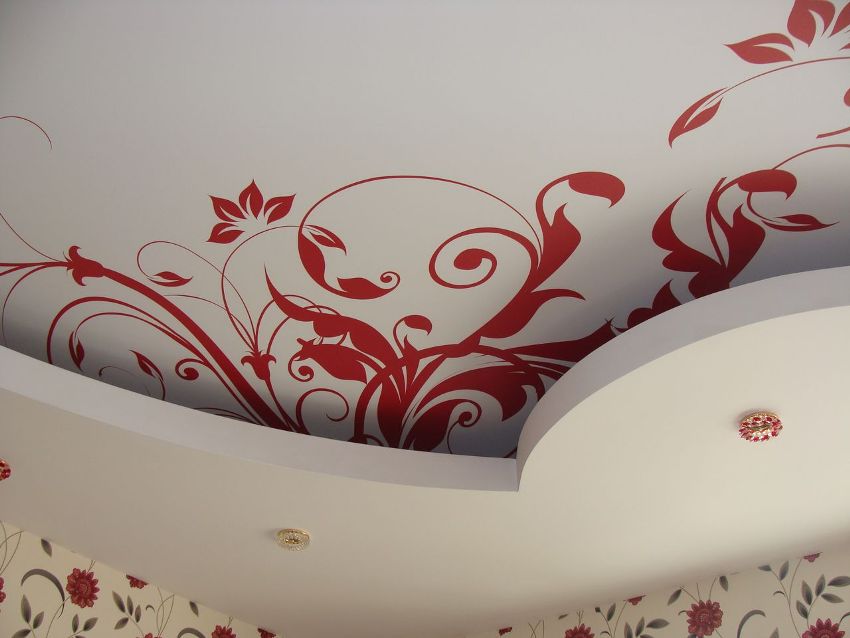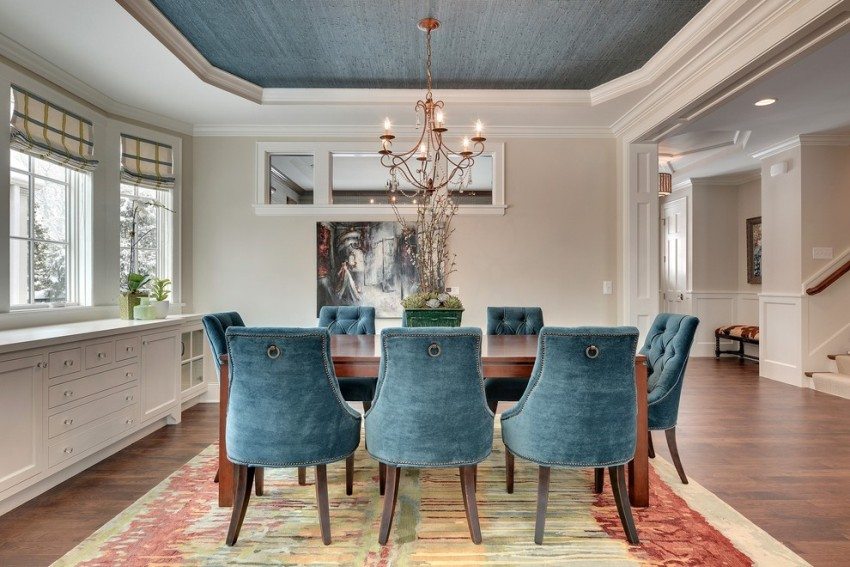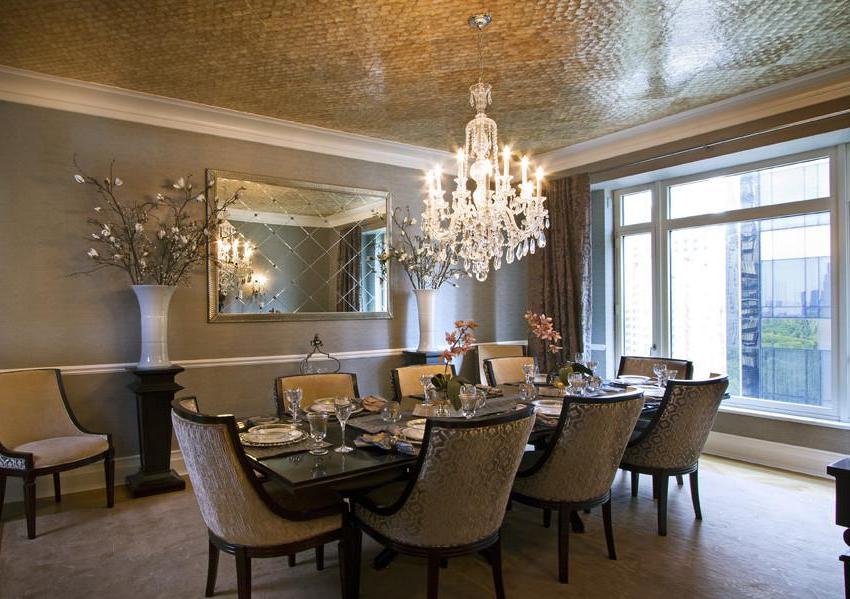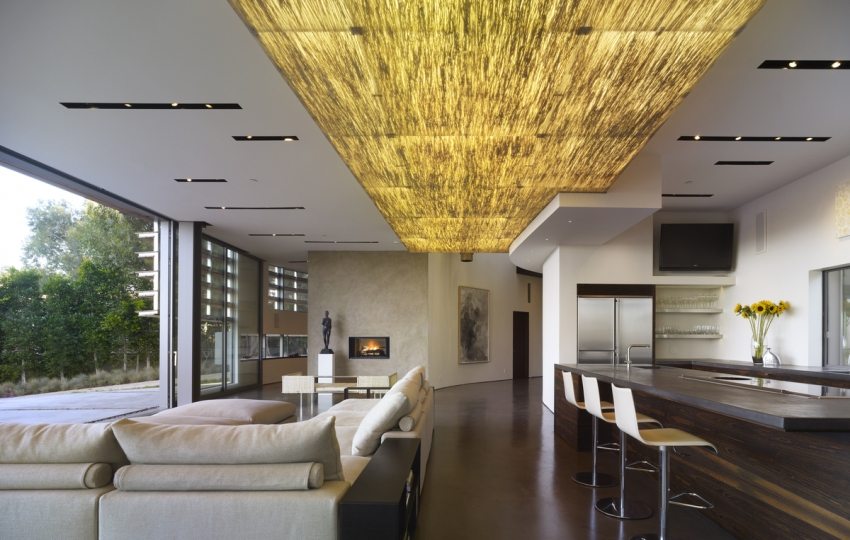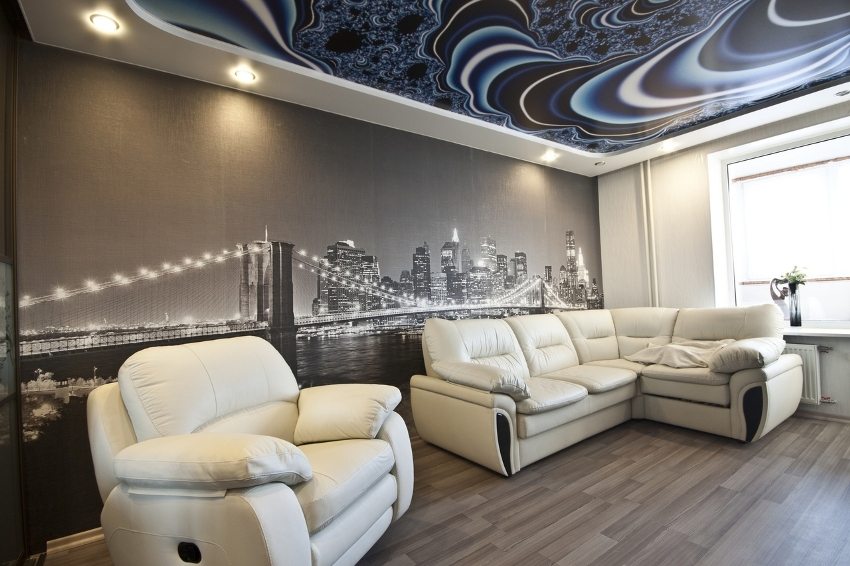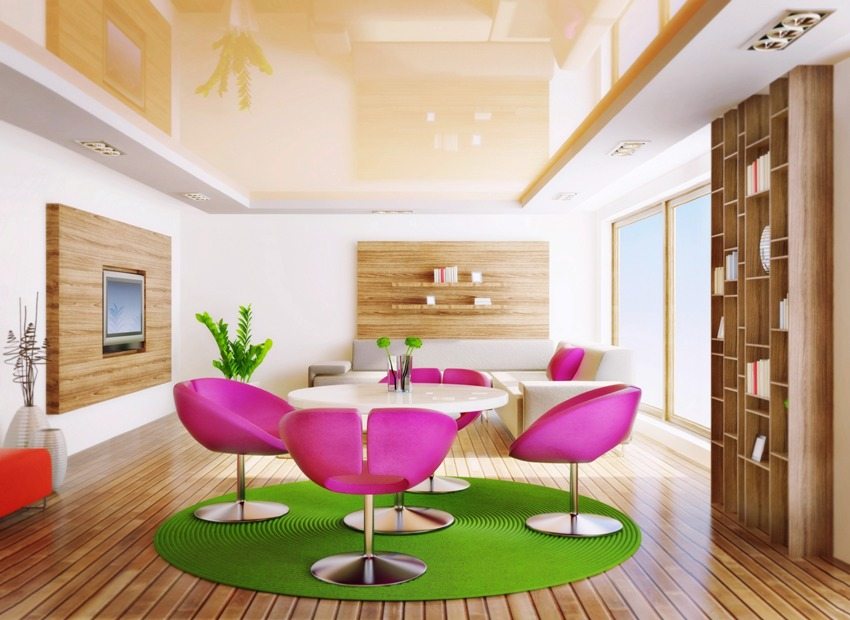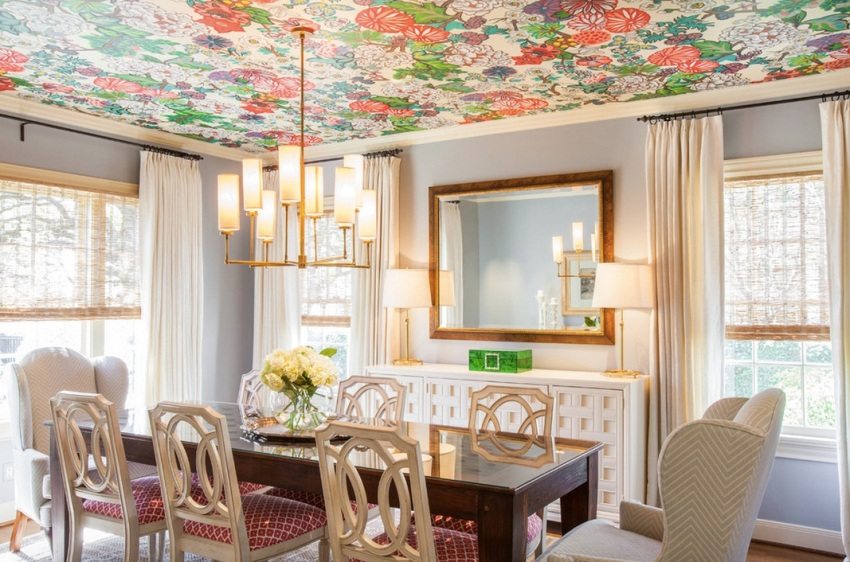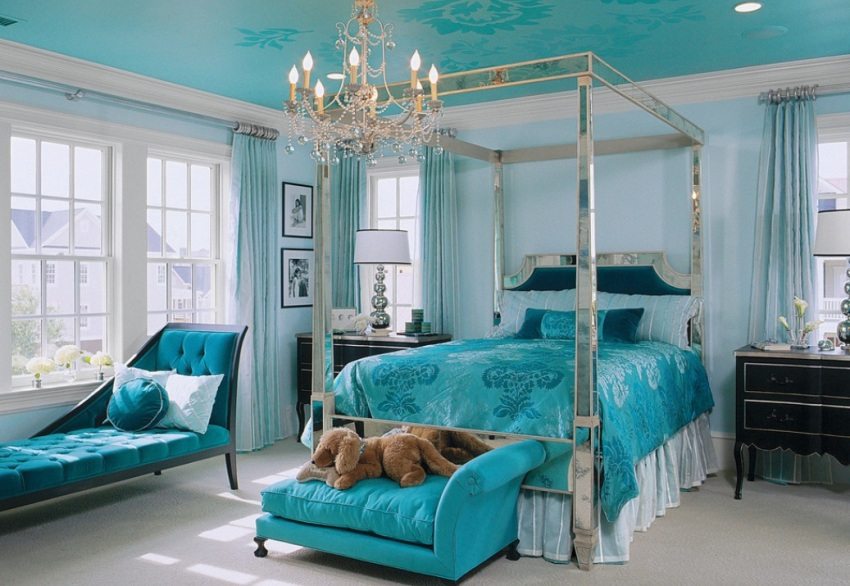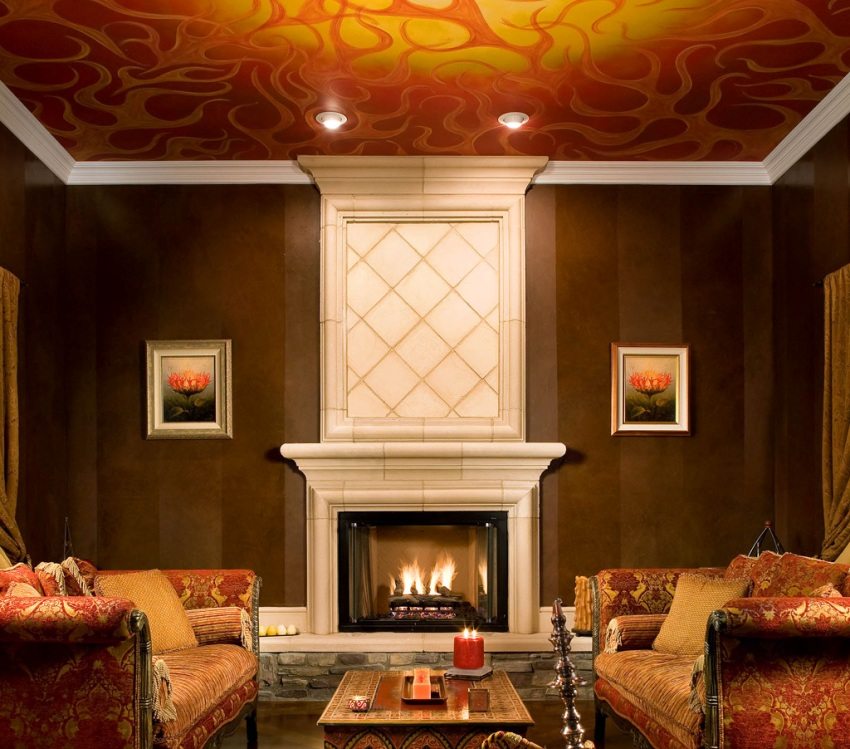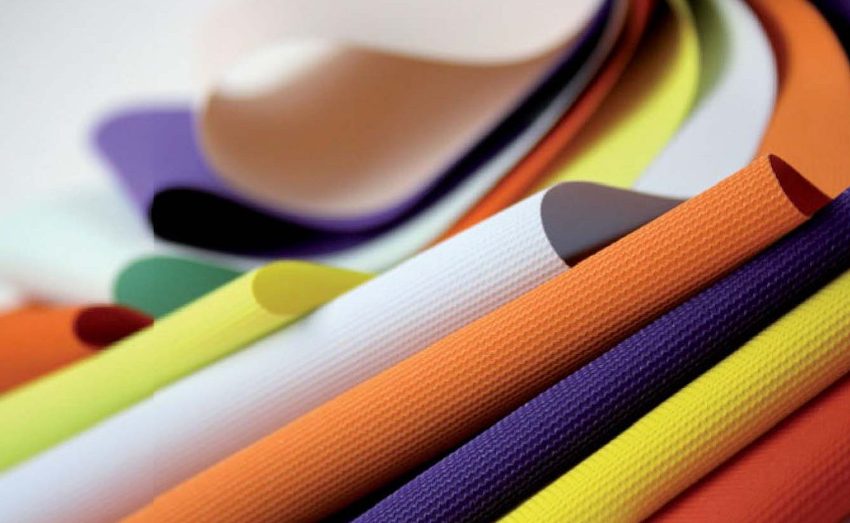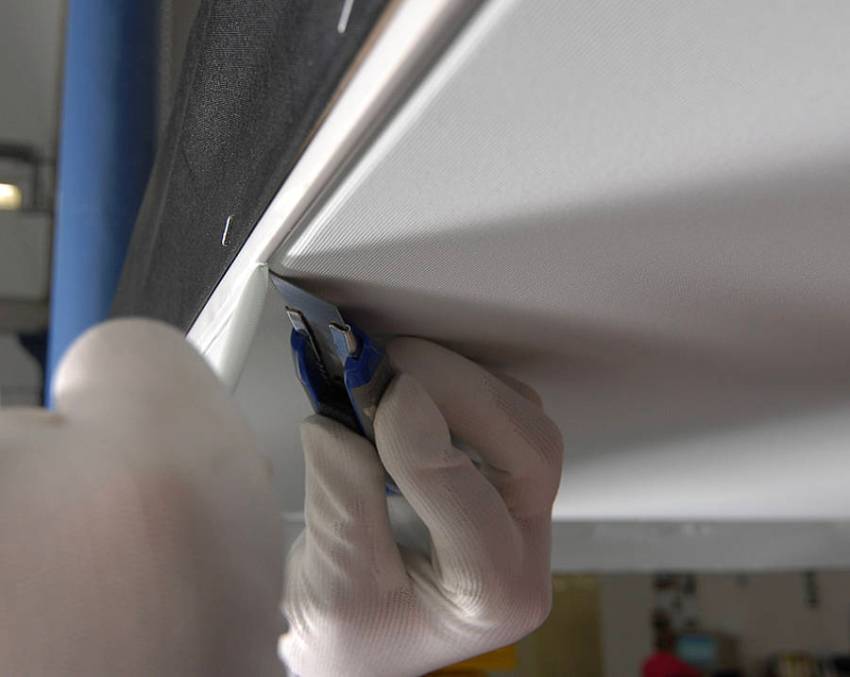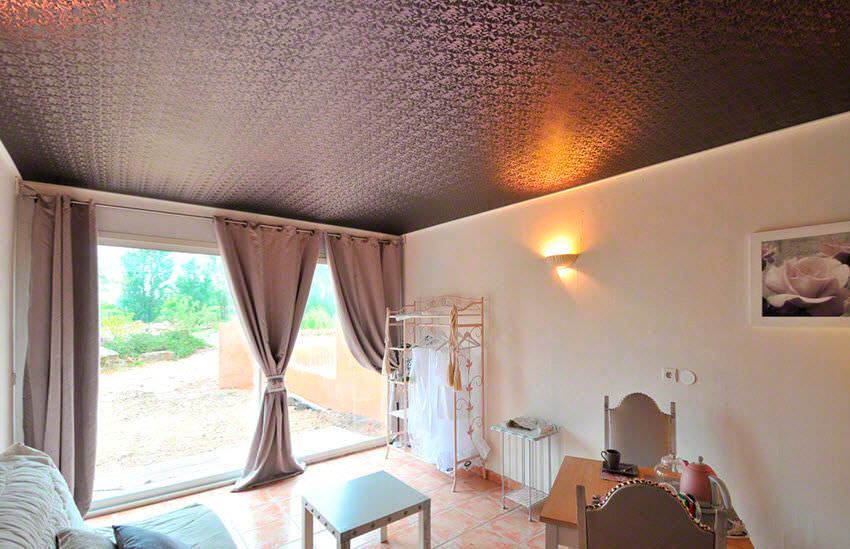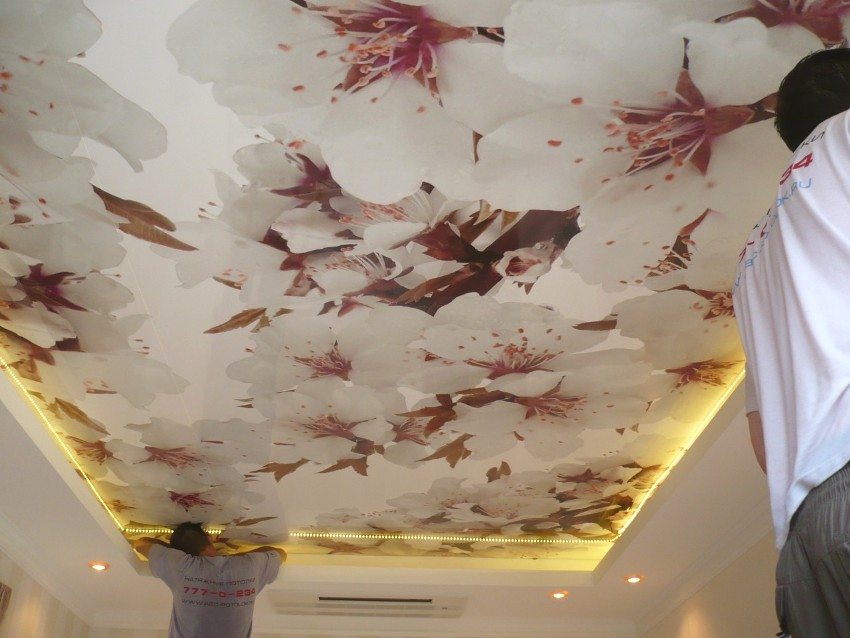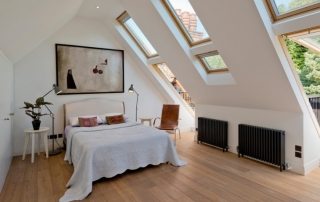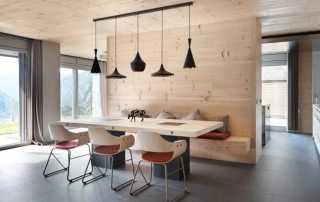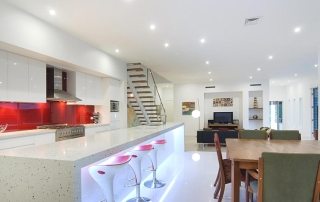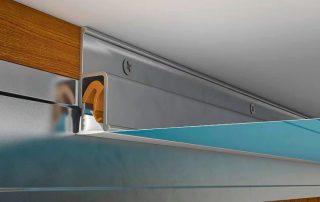One of the varieties of suspended ceiling structures is fabric stretch ceilings. Pros and cons, photo instructions for the installation of such materials and a selection of ready-made projects will help you make the right choice and purchase a really high-quality product. With the help of a modern fabric covering, you can not only decorate the interior in an original way, but also hide the flaws of a rough ceiling.
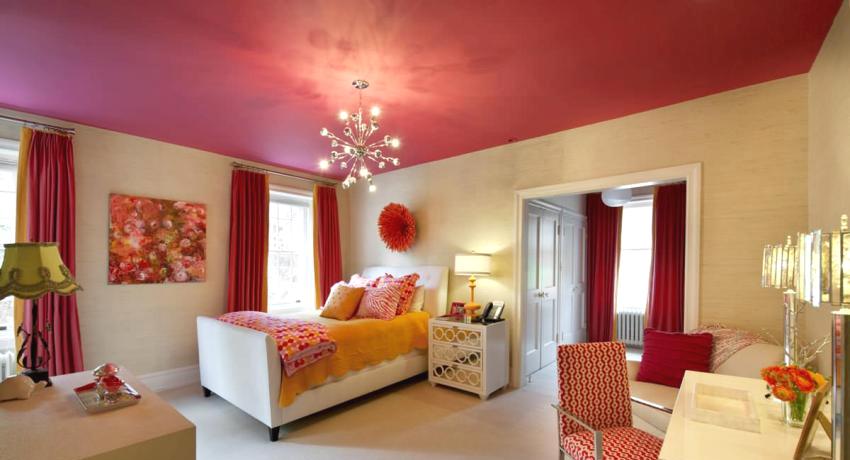
Satin stretch ceiling
Content [Hide]
Stretch fabric ceilings. Pros and cons, photo
The modern construction market presents a large number of fabric structures that differ in manufacturer and operational properties. Such tensioning systems have gained popularity due to the environmental friendliness of the material, long service life and ease of installation. As a result of their installation, a flat, smooth surface is obtained, which perfectly hides existing irregularities and complements the existing interior.
Knowing all the pros and cons of fabric stretch ceilings will help you make your choice. Photos of finished designs made of fabric reflect the beauty and originality of such systems. Fabric ceilings are divided into several types according to the type of fabric.
- Textured fabric. This material has a blind embossing. This is achieved by the presence of two layers: a special mesh base and the fabric itself with an embossed image.
- Satin fabric. Such a canvas is made on a polymer basis, slightly reminiscent of the well-known satin. Due to the available fine-grained surface, such ceilings have a pearlescent effect. Under the influence of artificial light, the fabric literally sparkles, which gives some mystery to any room.
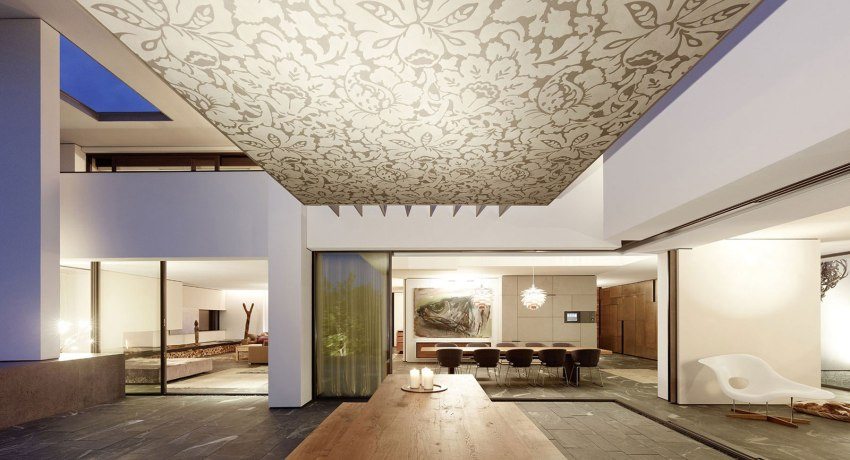
Fabric stretch ceiling in the living room
- Suede fabric. This is one of the existing varieties of PVC canvas, in its texture very closely resembling real suede. The top layer dims the artificial light slightly, distributing it throughout the room.
Helpful advice! Fabric ceilings can be washed using only mild detergents without abrasive ingredients.
Benefits of fabric ceilings
- High physical strength. The fabric cover is much stronger than PVC cloth. Various strength indicators are explained by the structural features of the materials.
- Air permeability. The fabric covering can be called breathable because it allows air to pass freely and does not interfere with air exchange between the main ceiling and the room.
- Environmental friendliness. A rather complicated technology is used in the manufacture of fabric tension structures. The threads used for the production of such fabric are exclusively natural. A mesh is woven from them, which is further processed with a solution that gives the finished fabric fire-resistant properties.
Helpful advice! The fabric contains no such harmful substances as cadmium, phenol and others. Therefore, the material cannot have a detrimental effect on health.
- Refractoriness. This high quality material cannot ignite when exposed to high temperatures due to the above composition. If the manufacturer did not save on additional components, then the fabric will have high performance characteristics.
- Resistance to negative temperatures. All properties of the specified material are preserved even at temperatures below -40 degrees. This allows you to maximize the scope of application of fabric ceilings.
- No deformation. Compared to a polyvinyl chloride film, a cloth covering can withstand more physical damage. The fabric does not crack or sag over time.
- Possibility of painting. For these purposes, use specialized acrylic paints. Fabric ceilings are decorated with any patterns, which makes it possible to realize interesting fantasies. You can repaint such products up to 4-5 times. With the help of modern technology, whole paintings or even photographs can be transferred onto fabric.
- Durability. This indicator depends on the quality of the tensioning structure installation. Assembled according to all the rules, observing some subtleties, the ceiling system will last more than 10 years.
- Simplicity and ease of installation. Unlike the tension of the PVC film, the fabric structure can be installed alone, without the help of strangers.
Disadvantages of fabric tensioning systems
One of the main disadvantages of fabric ceilings can be considered a poor color palette. It is very difficult to find fabrics of original colors, but you can create it yourself. The disadvantages can also be attributed to the complexity of this stage of work, since the fabric is painted only after its complete installation. To paint the ceiling, you will have to call experienced craftsmen specializing in such an activity.
Unlike PVC cloth, the fabric cover is not able to retain water. If neighbors accidentally set up a flood, the fabric ceiling will not save the repair. However, modern manufacturers have begun to offer ceiling material with moisture resistant properties. Complex maintenance can be added to the disadvantages of fabric products. Any fabric tends to absorb odors, so you should not experiment with such structures in the kitchen or in other rooms where there are any smelling substances.
You should not use a cloth in dusty rooms due to the lack of antistatic effect. Experts recommend cleaning the fabric ceiling with a vacuum cleaner. This should be done regularly. It may be necessary to purchase an additional device for this purpose.
Fabric ceilings cannot be installed a second time. If you had to dismantle an already installed ceiling, the only correct solution would be to buy a new fabric. Another disadvantage is the inelasticity of the fabric, so it cannot be used in complex ceiling structures. It is impossible to install the fabric in rooms wider than 5 meters, since such an installation will require the creation of an additional seam, which is very striking.
Installation of fabric ceilings. Basic installation methods
It is quite easy to choose the right option, knowing all the pros and cons of fabric stretch ceilings. Photo installation instructions will help you understand the installation features. As with the installation of any stretch coverings, the existing fabric is very strongly pulled on a pre-prepared frame around the perimeter of the room. The profile used for these purposes is of two types: aluminum U-shaped and the so-called clothespin.
In the first version, the fabric is practically not stretched, its tension is due only to the force of the profile. When installing, it is imperative to check the strength of the fastening of each element, since a rather high pressure will be exerted on them. Special hardware and spacers can also be used, but this already depends on the initial quality of the walls.
The clip mount is a cheaper option that does not require a professional call. It is thanks to the simplicity and ease of installation that this method has become widespread. Installation is carried out without a ceiling plinth using a special trowel. Recently, a new technology for fastening a fabric ceiling using clips was patented in Germany. In this case, the work is done quite quickly, the minimum distance between the rough ceiling and the fabric can be only 2 cm.
Brief installation instructions
You can start installing the hinged system, having dealt with all the pros and cons of fabric stretch ceilings. Photo installation instructions include several stages:
- Through laser level determine the height of the future structure.
- A profile is installed along the perimeter.
- The canvas is fastened in the base baguette.
- Stretch the cloth, leaving a small overlap of 5-8 cm.
- Secure the remaining sides.
- Trim excess fabric.
Helpful advice! Before installing the tensile structure, you need to decide what type of lighting you plan to use. It is necessary to prepare in advance the places for the installation of electrical appliances.
